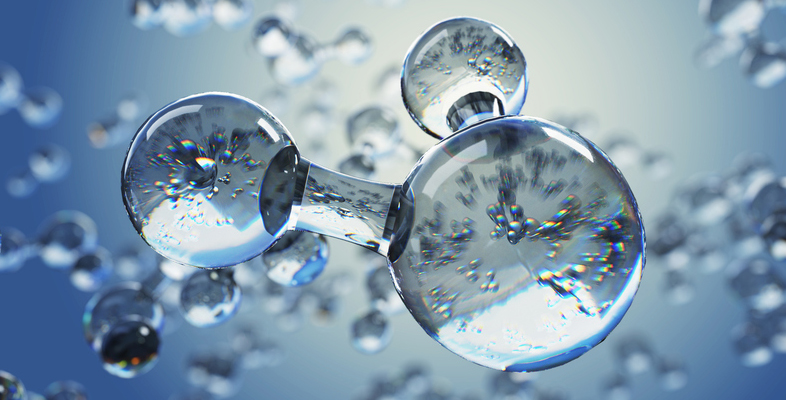Now let's see another reaction of the alkali metals, the reaction with water.
We'll start with Lithium. The metal floats on the water and reacts with it, giving off Hydrogen gas.
Now for Sodium, the same sort of thing happens, although the reaction is a bit more vigorous. All the alkali metals react with water in the same way.
Now for Potassium. This time you'll see a flame. The heat given out by the reaction is produced so quickly that the Hydrogen gas catches fire, it burns with a lilac flame.
The next element is Rubidium. This time we've put a safety screen between us and the reaction.You can see that things gradually become more terrifying as we go down the group.
Let's try Caesium, our 5th alkali metal.
[Huge explosion]
The science
The alkali metals are the elements Lithium, Sodium, Potassium, Rubidium, Caesium and Francium. They are grouped together because they all behave similarly (except with different ferocity) and together form Group 1 of the Periodic Table.
They are in fact very soft metals that can be cut with a knife and have relatively low melting temperatures. They do not occur naturally because they react readily with air and moisture and so need to be stored under oil.
One of the signature reactions of alkali metals is their reaction with water to form alkaline solutions, for example sodium reacts with water to form sodium hydroxide – caustic soda.
The reaction of alkali metals with water is pretty vigorous and as we see in the video clip as we go down Group 1 of the Periodic Table, from Lithium to Caesium, things get more and more frightening.
Lithium is used to make rechargeable batteries and lightweight alloys. Some of its compounds are used as mood stabilising drugs.
Sodium (vapour) is used in bright yellow street lights. It is also used as a heat transfer agent in some types of nuclear reactor. Sodium salts are essential to life – ordinary table salt is sodium chloride.
Potassium salts are used as fertilisers, such as potassium chloride - which used to be called chloride of potash. Potassium nitrate is one of the components of gunpowder. Potassium salts are also essential to life.
Rubidium and Caesium have a number of specialist uses such as the use of Caesium in atomic clocks that are very accurate; and Rubidium, used in specialist glasses. Francium is an extremely rare metal mainly because it readily undergoes radioactive decay, with a half life of less than 22 minutes.



Rate and Review
Rate this video
Review this video
Log into OpenLearn to leave reviews and join in the conversation.
Video reviews
Hi, many thanks for contacting us, and drawing this to our attention. The page will be reviewed by the production team, who can make any necessary amendments.
best wishes, OpenLearn Moderator